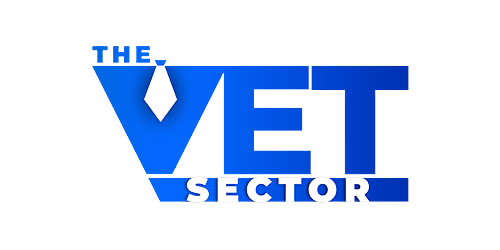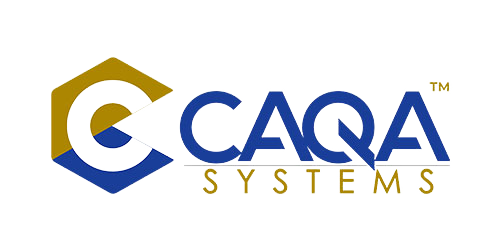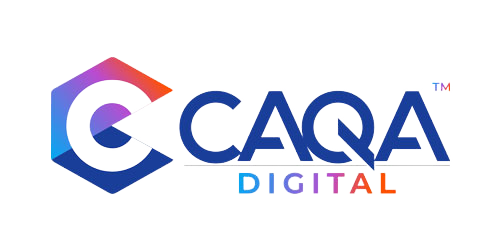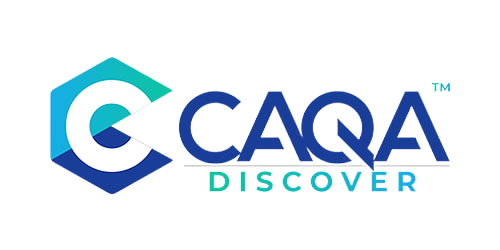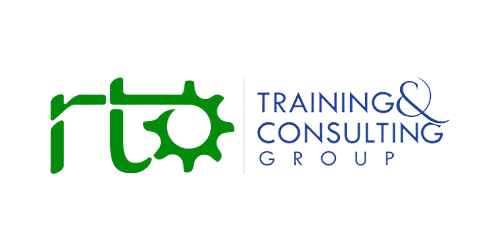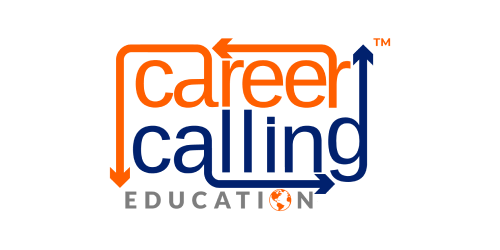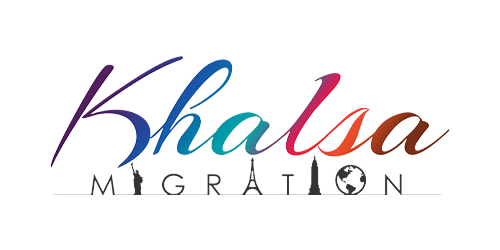The success of innovative VET funding approaches ultimately depends on how well they're implemented by individual training organisations. Across Australia, forward-thinking providers are developing sophisticated funding strategies that combine multiple revenue streams while maintaining focus on educational quality and student outcomes.
Strategic Combinations: Creating Funding Synergies
The most successful VET providers aren't simply replacing government funding with a single alternative. Instead, they're developing nuanced funding portfolios that leverage different mechanisms for different aspects of their operations.
"Each funding model has distinct strengths and limitations," explains a financial strategy consultant who works with RTOs nationwide. "Public-private partnerships excel at building industry-relevant infrastructure, while performance-based allocations drive completion outcomes. Social impact bonds can work wonderfully for specialised programs serving disadvantaged learners, while technology investments might be best supported through capital grants or shared cost arrangements."
This strategic approach allows providers to match funding mechanisms to specific program requirements and organisational strengths. One standout example comes from a regional multi-campus provider that has developed a sophisticated funding matrix: industry levies support equipment upgrades in high-demand trades; performance-based funding drives improvement in completion rates; targeted vouchers expand access for equity groups; and digital delivery partnerships extend reach to remote communities, all while maintaining core government funding for base operations.
"We're essentially creating a financial ecosystem rather than relying on a single funding stream," explains the organisation's financial director. "It's more complex to manage, but infinitely more sustainable than the old model of waiting for the next government allocation and hoping for the best."
Industry Engagement: Beyond Traditional Relationships
Innovative providers are reinventing their industry relationships, moving from occasional consultation to deep strategic partnerships that directly support financial sustainability.
"Traditional industry engagement often meant having employers attend occasional advisory meetings or provide work placements," notes a workforce development specialist. "Today's most successful providers have industry representatives on governance boards, co-developing curriculum, co-investing in facilities, and participating in program delivery. These deeper relationships naturally lead to more sustained financial support."
Examples include equipment manufacturers providing latest-model machinery on rotating loan arrangements; industry associations co-funding specialist instructor positions; employers paying premium rates for customised training that meets specific workforce needs; and sector bodies investing in joint research projects that enhance training quality.
"When industry truly values the relationship, they're willing to invest in it financially," observes an industry partnership manager at a specialised technical institute. "But that requires us to deliver genuine value beyond simply producing graduates. We have to solve workforce problems, contribute to product innovation, and demonstrate measurable impact on productivity and capability."
This value-centred approach creates virtuous cycles where industry investment leads to improved training quality, which in turn attracts additional industry support. Providers that successfully navigate this transition find themselves with more diverse, stable funding and stronger industry connections that benefit students through enhanced employment outcomes.
Digital Transformation: Efficiency and Reach
Technology investments represent another key strategy in the sustainability toolkit, with providers leveraging digital platforms to simultaneously improve efficiency and extend market reach.
"Digital transformation isn't just about putting existing materials online," explains an e-learning specialist who has guided several RTOs through technology transitions. "It's a fundamental rethinking of how we deliver certain aspects of training to achieve better outcomes at lower cost."
Successful implementations include flipped classroom models where students access theory content through interactive online modules before attending hands-on sessions; virtual reality simulations that allow practice of complex scenarios without expensive physical equipment; AI-powered learning platforms that provide personalised support and reduce instructor workload for routine content; and blended delivery that reduces on-campus time requirements, making programs accessible to working students and those in remote areas.
The financial benefits extend beyond operational efficiency to include market expansion. "Digital delivery has allowed us to reach student populations that were previously inaccessible," reports the director of a provider specialising in business and IT qualifications. "We've developed programs for regional communities, international markets, and working professionals who can't attend traditional classes, all with minimal additional infrastructure investment."
The capital costs of digital transformation require careful planning, however. The most sustainable approaches often involve partnerships with technology providers, phased implementation aligned with financial capacity, and careful analysis of which program components truly benefit from digital delivery versus those that require traditional hands-on instruction.
Equity-Focused Approaches: Aligning Mission with Funding
For many providers, maintaining educational access for disadvantaged populations represents both a core mission and a significant financial challenge. Innovative organisations are finding creative ways to align equity objectives with sustainable funding models.
"There's a misconception that equity and financial sustainability are inherently in conflict," notes an inclusion specialist who advises VET providers on accessible program design. "In reality, well-designed equity initiatives can actually strengthen financial foundations by attracting specialised funding, demonstrating social impact, and expanding the student base."
Successful approaches include developing targeted programs for specific disadvantaged groups that attract foundation funding or specialised government grants; creating wraparound support services that improve completion rates and unlock performance-based allocations; partnering with community organisations that provide complementary resources and referrals; and documenting social impact outcomes that appeal to impact investors and philanthropic supporters.
One particularly innovative example comes from a provider working with Indigenous communities that has developed a comprehensive approach combining cultural curriculum elements, community-based delivery, employer partnerships guaranteeing job pathways, and support services addressing practical barriers to participation. This integrated model has attracted support from multiple funding sources, including government equity programs, industry partners seeking diversity in their workforce, philanthropic organisations, and community trusts.
"The key is designing programs that genuinely address barriers to participation and completion, rather than simply offering discounted fees," emphasises a community engagement officer with extensive experience in equity-focused VET delivery. "When students succeed, it triggers multiple positive financial outcomes, performance funding for completions, enhanced reputation attracting future enrollments, and stronger industry partnerships based on graduate quality."
Business Diversification: Beyond Traditional Training
Many forward-thinking providers are looking beyond traditional training delivery to develop complementary business streams that enhance financial sustainability.
"The core expertise of any quality VET provider includes curriculum development, assessment design, industry engagement, and pedagogical knowledge," points out a business development consultant specialising in the education sector. "These capabilities can be monetised in multiple ways beyond delivering government-subsidised qualifications."
Innovative revenue diversification approaches include developing fee-for-service short courses addressing specific industry needs; creating and licensing curriculum materials to other providers; offering consulting services to employers on workforce development; commercialising training products for international markets; providing assessment-only pathways for experienced workers; and monetising specialised facilities through rental arrangements during off-peak periods.
These complementary activities can significantly enhance financial sustainability while leveraging existing organisational capabilities and assets. "Our consulting and custom training division now generates about 15% of our total revenue," shares the CEO of a mid-sized RTO. "That might not sound huge, but it's the difference between struggling to balance the budget and having the capacity to invest in quality improvements and innovation."
Successful diversification requires careful attention to competitive advantage, market demand, and organisational capacity. The most effective strategies build on existing strengths rather than venturing into completely unfamiliar territory, and maintain alignment with core educational missions rather than pursuing revenue at the expense of quality or purpose.
Governance and Leadership: The Foundation for Financial Innovation
Perhaps the most crucial factor in sustainable funding innovation is effective governance and leadership that creates the organisational capacity for strategic financial management.
"Transitioning from traditional funding dependence to a more diverse and sustainable financial model requires significant change at both operational and cultural levels," observes a governance specialist who has supported multiple VET organisations through major transitions. "Boards and executive teams need to develop new capabilities, embrace appropriate risk-taking, and balance commercial thinking with educational purpose."
Key governance elements supporting financial innovation include boards with diverse expertise spanning education, industry, finance, and community engagement; strategic planning processes that explicitly address funding sustainability; risk management frameworks that enable controlled innovation; financial literacy development across all leadership levels; and performance monitoring systems that track both educational and financial outcomes.
"Our board transitioned from primarily focusing on compliance and quality oversight to actively guiding strategic financial development," recounts the chair of a provider that has successfully diversified its funding base. "We enhanced financial expertise through targeted recruitment, developed a comprehensive revenue strategy, established clear parameters for new initiatives, and implemented rigorous evaluation processes to assess outcomes."
This governance evolution created the foundation for successful innovation by establishing a clear strategic direction while maintaining focus on core educational purposes. "Financial sustainability isn't an end in itself," the chair emphasises. "It's the means through which we ensure our organisation can continue delivering quality training that changes lives and supports industry for decades to come."
Implementation Challenges and Success Factors
Despite the clear potential of innovative funding approaches, implementation isn't without challenges. Providers report several common obstacles to sustainable funding transformation:
Regulatory constraints that limit pricing flexibility, restrict commercial activities, or impose administrative burdens that divert resources from innovation
Organisational capacity gaps, including limited commercial expertise, underdeveloped financial systems, or insufficient change management capabilities
Cultural resistance from staff accustomed to traditional educational funding models and concerned about commercial influences on educational decisions
Market perception challenges when shifting from purely public provision to more diverse funding models
Initial investment requirements for developing new capabilities, systems, and programs that will eventually enhance sustainability
Providers that successfully navigate these challenges typically share several common approaches:
"Start with small, controlled experiments rather than wholesale transformation," advises a change management specialist who has guided several RTOs through funding model transitions. "Successful innovation usually comes through iterative development, testing concepts, learning from implementation, and gradually scaling what works."
Other success factors include investing in staff capability development to build understanding and skills for new funding approaches; developing robust data systems that track both financial and educational outcomes to guide decision-making; maintaining transparent communication about financial challenges and strategies; and creating clear ethical frameworks that protect educational integrity while pursuing financial sustainability.
"The providers that struggle most with funding innovation are those that see it purely as a financial exercise," notes an education policy analyst. "The most successful transformations maintain absolute focus on educational purpose and student outcomes while developing more sustainable approaches to achieving those core objectives."
The Path Forward: Collaborative Innovation
As individual providers develop innovative funding approaches, broader systemic collaboration becomes increasingly important for maximising impact and sustainability.
"No single organisation can solve the funding challenges facing vocational education," observes the director of a VET peak body. "We need coordinated approaches that share learning, develop common infrastructure, influence policy development, and create scale efficiencies."
Emerging collaborative models include shared technology platforms that spread development costs across multiple providers; joint approaches to industry engagement that present unified value propositions; collaborative research initiatives demonstrating training impact; and coordinated advocacy for enabling policy reform.
Regional collaborations show particular promise, with providers in specific geographic areas developing complementary specialisations, shared facilities, and integrated approaches to industry partnership rather than competing for limited resources. These collaborative ecosystems can deliver comprehensive training coverage while maximising resource efficiency and industry engagement.
"The future of VET funding won't be about individual providers competing in isolation," predicts a strategic foresight specialist focusing on education futures. "It will be about collaborative networks that collectively deliver exceptional outcomes for learners, industries, and communities through intelligent resource sharing and complementary capabilities."
From Funding Crisis to Opportunity
What began as a funding challenge for Australia's VET sector has evolved into a catalyst for transformative innovation. By necessity, providers have developed more sophisticated, diverse, and responsive approaches to financial sustainability, and in doing so, have often enhanced their educational effectiveness and industry relevance.
"The old funding model had providers focusing primarily on government priorities and compliance requirements," reflects a veteran VET leader. "Today's most successful organisations are much more connected to industry needs, more responsive to student requirements, and more innovative in their delivery models, largely because financial necessity demanded they evolve."
This evolution continues to unfold across the sector, with providers at different stages of the transformation journey. Some remain primarily dependent on traditional funding while experimenting with limited alternatives. Others have developed sophisticated funding portfolios that combine multiple revenue streams into integrated sustainability strategies. The most advanced have transformed their entire business models around diverse funding approaches while maintaining an unwavering commitment to educational quality and equity.
Ultimately, the goal isn't simply financial survival but enhanced educational impact. "Sustainable funding isn't the end game, it's the enabler of everything else we want to achieve," emphasises the CEO of a provider that has successfully navigated the transition to a more diversified financial model. "When we're not constantly worried about financial viability, we can focus our energy on educational innovation, industry partnerships, student support, and all the other elements that create truly transformative learning experiences."
By embracing funding innovation as a strategic opportunity rather than merely a response to constraint, Australia's VET sector is positioning itself for a future where quality, accessibility, and sustainability coexist, ensuring vocational education continues to provide critical pathways to prosperity for individuals, industries, and communities across the nation.








